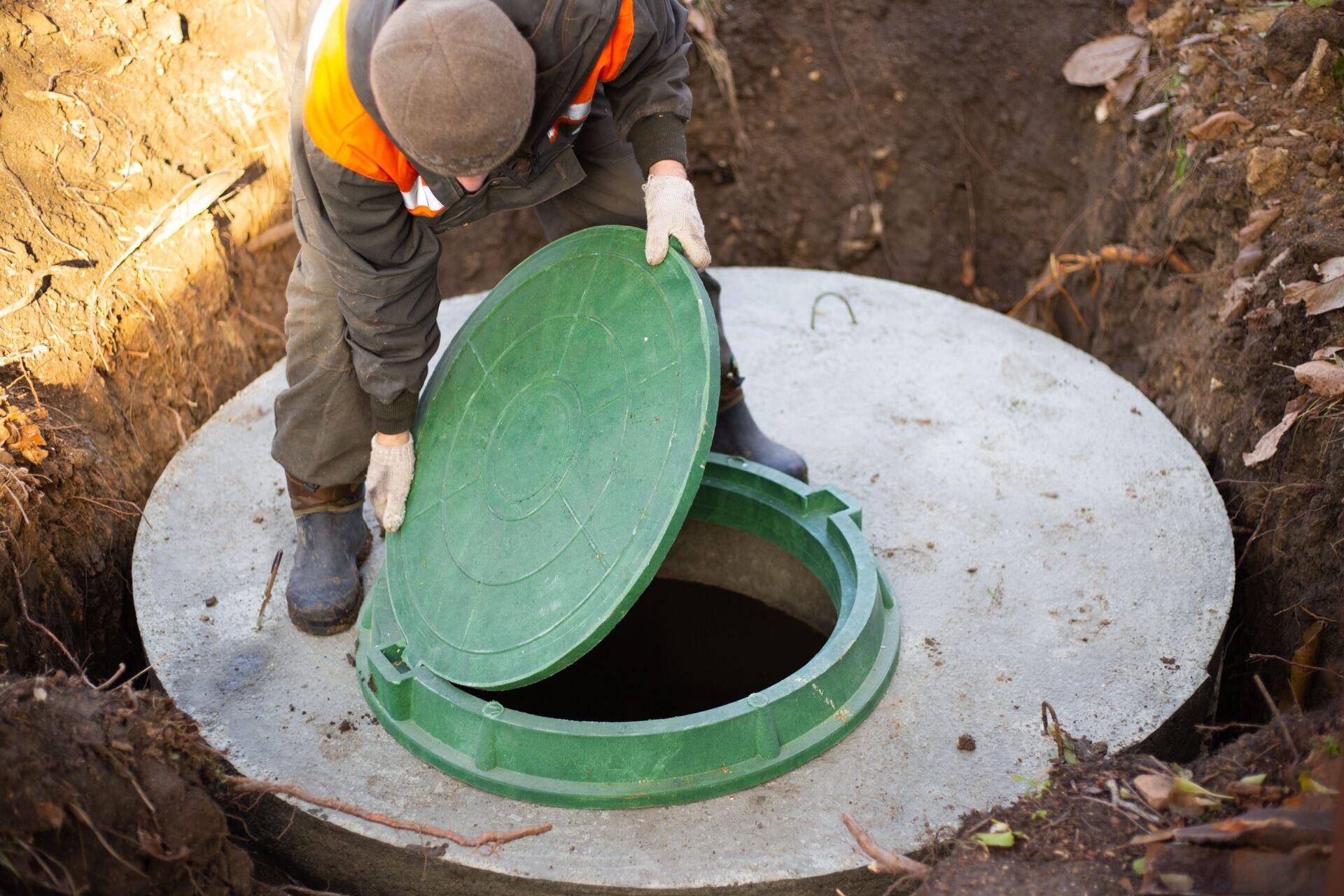How Septic Tank Inspections Work

In Florida, many homes—especially in rural or suburban areas—use a septic system instead of a public sewer connection. While septic systems are reliable, they can develop issues over time. That’s why a septic tank inspection is so important, especially if you’re buying or selling a property.
Whether you’re a homeowner, buyer, or seller, a septic inspection ensures the system is working properly and can help you avoid major problems later. In this blog, we’ll explain how septic systems work, what a septic inspection involves, and why it’s a step you shouldn’t skip.
Understanding How a Septic System Works
A septic system is an on-site wastewater treatment system. It includes a sanitary pipe that carries wastewater from the home into a septic tank, which is usually made of concrete, plastic, or steel and buried underground.
Inside the tank:
-
Solids settle at the bottom to form sludge.
-
Oils and grease rise to the top, forming a scum layer.
-
The middle layer, known as effluent, is relatively clear water that flows out of the tank into a leach field or drain field.
The effluent travels through perforated pipes into the leach field, where it filters through gravel and soil. Along the way, natural bacteria help break down any remaining waste before it reaches the groundwater.
What Is a Septic Tank Inspection?
A septic tank inspection is a thorough check of your home’s septic system. These inspections are not part of a standard home inspection, but they are crucial—especially during real estate transactions. A failing septic system can lead to environmental issues, expensive repairs, or even system replacement, which can cost thousands.
If you're buying a property with a septic system, an inspection gives you the confidence that everything is functioning correctly—or the knowledge you need to renegotiate.
When Should You Get a Septic Inspection?
You should schedule a septic tank inspection when:
-
Buying a home that uses a septic system
-
Selling a property and wanting to provide proof of system condition
-
It's been more than three years since the last inspection
-
You’re experiencing issues like slow drains, sewage odors, or wet spots in the yard
Regular inspections (every 3–5 years) are key to keeping your septic system in good working order.
What Happens During a Septic Tank Inspection?
A comprehensive inspection typically begins with a pre-inspection review, where the technician gathers information about:
-
Pumping and maintenance history
-
Prior inspection reports
-
Repairs or known issues
-
The exact location and layout of the system
If the seller can’t provide these records, it may be a sign that the system hasn’t been properly maintained—which can influence negotiations if you're a buyer.
On-Site Testing and Inspection
Once the technician is on-site, here’s what usually happens:
1. Flow Test
This test ensures that wastewater from the home flows properly into the tank. If too little or too much water enters the tank, it can point to issues with the plumbing or with the tank and leach field.
2. Tank Evaluation
The inspector will open the tank to measure the levels of sludge, scum, and effluent. Ideally, the tank should contain about 40% effluent, with balanced sludge and scum layers. An imbalance may indicate a problem with the tank or leach field.
3. Leach Field Check
The leach field is inspected for signs of trouble like soggy areas or strong odors. These may suggest an overflow, clogged field lines, or hydraulic failure. In some cases, the inspector may probe the area to test soil saturation.
4. Final Report
After the inspection, you’ll receive a detailed report highlighting any issues found and recommendations for repairs, pumping, or replacement if necessary.
Levels of Septic Tank Inspection
There are different levels of septic tank inspections, depending on how detailed the assessment needs to be.
🔹 Level 0 – Basic Checkup
This includes a visual inspection and a dye test to detect leaks or overflows. It’s a quick, basic review and is often used for routine checks.
🔹 Level 1 – Maintenance Lid Check
In this inspection, the tank’s maintenance cover is opened to check pipes and screens. It's more thorough than Level 0 and ideal for homeowners doing regular maintenance.
🔹 Level 2 – Layer Testing
This level includes measuring the depth of sludge and scum, along with checking distribution boxes and internal components for signs of wear or leaks.
🔹 Level 3 – Full System Evaluation
The most comprehensive option. A Level 3 inspection examines every part of the septic system—perfect for homebuyers who want to avoid costly surprises or for homeowners who haven’t had an inspection in several years.
Why You Shouldn’t Skip a Septic Tank Inspection
A failing septic system isn’t just a property issue—it’s a health hazard. Overflowing tanks or damaged leach fields can contaminate soil and water, posing risks to your family and community.
Plus, repairs or full replacements are expensive. A professional septic tank inspection can detect issues early and help you make informed decisions—whether you’re maintaining your current home or buying a new one.
Need a Septic Tank Inspection in Florida?
If you’re in Central or South Florida and need a reliable septic tank inspection, trust Guardian Angel Inspections. Our experienced team offers detailed assessments and fast, clear reports so you can move forward with confidence.
We’re committed to protecting your investment and your health—contact us today to schedule your septic tank inspection and ensure your system is in top condition.







